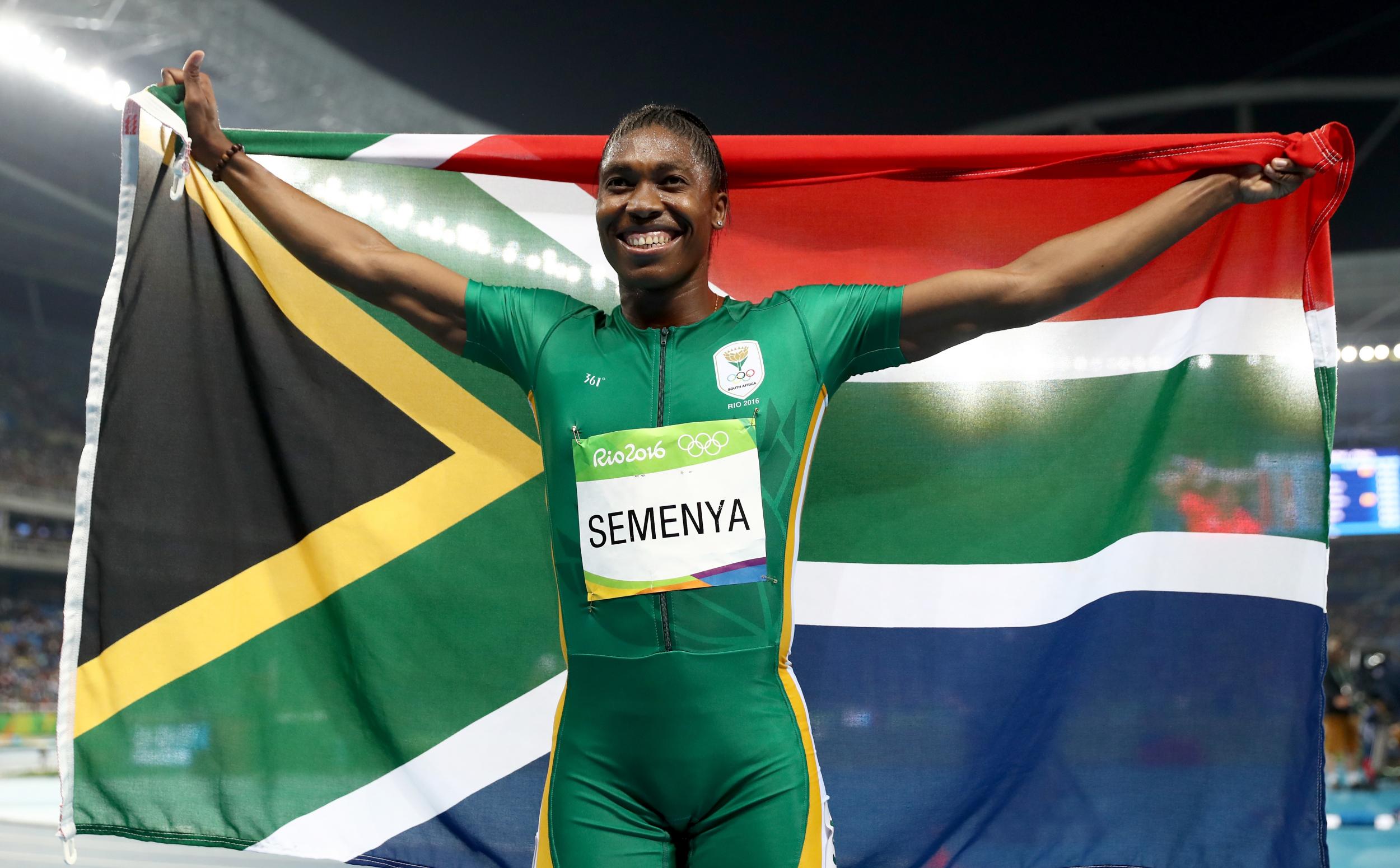I know how Caster Semenya feels – as an intersex person, I've been harassed my entire life
Having higher testosterone than what is considered 'normal' could be an advantage, but it is not an unfair one – at least no more than Simone Biles’ unique strength-to-weight ratio

Your support helps us to tell the story
From reproductive rights to climate change to Big Tech, The Independent is on the ground when the story is developing. Whether it's investigating the financials of Elon Musk's pro-Trump PAC or producing our latest documentary, 'The A Word', which shines a light on the American women fighting for reproductive rights, we know how important it is to parse out the facts from the messaging.
At such a critical moment in US history, we need reporters on the ground. Your donation allows us to keep sending journalists to speak to both sides of the story.
The Independent is trusted by Americans across the entire political spectrum. And unlike many other quality news outlets, we choose not to lock Americans out of our reporting and analysis with paywalls. We believe quality journalism should be available to everyone, paid for by those who can afford it.
Your support makes all the difference.Before the 800m heat race at Rio 2016, Caster Semenya – who later went on to take the gold medal in the final yesterday - gave a reserved wave to the crowd. After her graceful win, she walked back through athletes and journalists with her head down, avoiding any attention. For someone so shy, Semenya is the most controversial athlete at the Olympic Games.
Her presence is enough to set commentators, both official and the self-appointed of social media, into frenzy. It is not what she says that ignites this potent mix of debate, outrage and support, but her diagnosis of the condition hyperandrogenism and her physical appearance – the one thing she cannot hide away from the ever-flashing cameras.
Her femininity and womanhood have been stripped away by journalists. Many intersex and trans people, myself included, have experienced similar harassment – and I still do on a regular basis.
Being visibly outside of the expectations of gender roles can come at a great cost, and with a steady stream of abuse from the rest of the world. It can make you feel as if you are an alien, a monster in a bad sci-fi movie.
Back in 2009, when Semeyna won gold at the World Championships, Russia’s Mariya Savinova said “just look at her,” while the New Yorker magazine called her “breathtakingly butch”. Following her win the 25 year-old South African was subjected to a gender test. She was found to have hyperandrogenism, meaning that her testosterone levels were higher than her rivals. The Court for Arbitration in Sport (CAS) ruled that the IAAF had failed to prove whether it would lead to an unfair playing field, so she was allowed to continue competing.
Yet despite the official position on her eligibility to compete, the issue has followed her all the way to Rio 2016, and her trail by media continues. Much of it is based on an “anonymous tip off” that the revealed showed that she was intersex – even though she has never self-defined as such. Semenya told the New York Times in 2010 that those medical results still had not been shared with her.
What matters to me is that, if Caster identifies as a woman, she should be able to compete as one and be treated as one. It’s as simple as that.
We know that Semenya has a higher level of testosterone than the women she is competing against. Having higher testosterone than what is considered “normal” could be an advantage, but it’s definitely not an “unfair” one – at least no more unfair than Simone Biles’ unique strength-to-weight ratio that enables her to do her mesmerising floor routine known as ‘The Biles’.
Athletes such as Semenya often have no prior knowledge of being intersex until they are tested by the IOC – and this invasive process can devastate their lives. What can be fair about this public dissection of a woman’s body because it falls outside of our rigid biological distinctions?
When trans and intersex people confront these issues – the fact that maybe, just maybe, there's more to gender that what most people believe to be “male” or “female” – society rallies with their pitchforks and torches to save the day, in the name of “fairness”, from some great injustice.
People who have hyperandrogenism or who identify as intersex are treated as if our purpose is to deceive others. Just as trans women are often accused of transitioning for the sole purpose of fooling cisgender people (men and women whose gender identity correlates with their sex), athletes with more testosterone are considered to deceive the rest of field in competition.
Being intersex is completely natural – something I’m not entirely sure everyone yet understands. We are not aliens; we exist beyond the statistics that define our bodies.
The controversy stirred around Semenya contributes to that feeling of being disgusting and horrifying to others – a feeling that has followed me and manifested itself in my life for more than a decade. And when the Olympics is over, and everyone has forgotten about hyperandrogenism or intersex issues, it will still be there.
Intersex women are not doping, cheating, or hiding anything. It is simply the way their bodies are.
Join our commenting forum
Join thought-provoking conversations, follow other Independent readers and see their replies
Comments